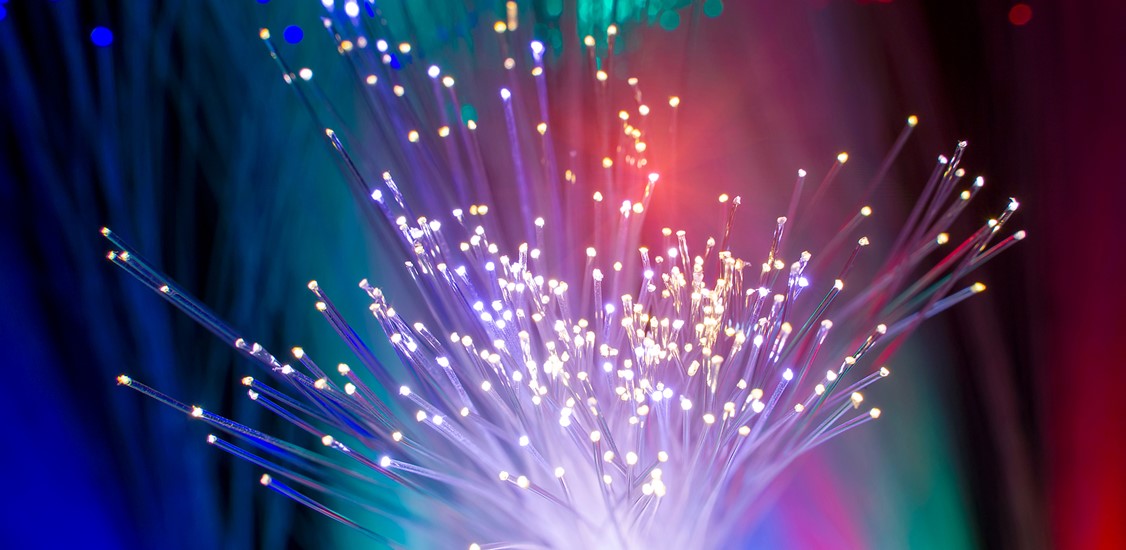Telecommunications network operators are placing environmental goals at the forefront of their agendas, recognizing the need to reduce their carbon footprints and move toward a net-zero emissions future. The pressure to address environmental concerns comes from both internal and external stakeholders, including customers, investors, and regulators, and is further fueled by increased energy costs. For example, Deutsche Telekom has set a goal to be climate neutral by 2025, Vodafone has committed to net-zero emissions in its own operations (Scope 1 and 2) by 2040, and Verizon is strengthening its commitment to sustainability, announcing the company will go carbon neutral by 2035 (Scope 1 and 2). Overall, 29 operators have committed to science-based targets of reducing greenhouse gas emissions by 45% by 2030, which represents 30% of mobile connections worldwide.
To achieve these goals, operators are focusing on a range of initiatives, including the adoption of more sustainable practices and technologies, which include optical transport networking. With its worldwide deployment by communications service providers (CSPs) and internet content providers (ICPs), optical transport networking has emerged as one of the leading and most impactful technology segments in terms of reducing power consumption, and it has gained more importance with overall increased bandwidth requirements. Optical networking technology involves the use of fiber optic cables to transmit data. Fiber optic cables offer several benefits over other transport technologies such as copper cables or wireless transmission networks and provide significantly higher bandwidth, lower latency, greater reliability, and lower power consumption. They also enable long-distance data transmission, including on subsea networks and distances of multiple thousands of kilometers. In fact, fiber is the most important data transmission medium today.
The main building blocks in optical transport network technologies are coherent optical engines, the transceiver technology that converts electrical and optical signals into wavelengths and consists of digital signal processing (DSP) and analog optics such as the transmit-receive optical sub-assembly (TROSA). With bandwidth nearly doubling every two years, these optical engines need to evolve quickly to support operators’ environmental goals and to reduce power-per-bit transport values. This is mainly achieved with DSP evolution. Every two to four years, a new DSP generation enables more transport capacity at lower power consumption per bit and lower footprint per bit. For example, within 10 years, optical transponder technology has reduced footprint by more than 90%, has reduced power per bit to 1/36, has improved signal transmission reach from 100 km to thousands of km without signal regeneration, and is providing more transport capacity per fiber – growing from 19.2T to almost 100T.
Packet silicon technology has also made significant improvements over the past 10 years, with seven chip generations and four packaging improvements. Today, a packet switch solution provides 51.2T of switching capacity in a 1 RU appliance, whereas 10 years ago, a maximum of 0.64T could have been realized. That is 80 times more capacity in the same footprint with a significantly lower power-per-bit value.
Both CSPs and ICPs are therefore increasing their pace of new technology adoption. Each generational technology cycle of two to four years typically helps reduce power per bit and footprint by around 20% to 30% from the previous generation. But this is not fast enough to achieve the environmental goals telecommunications network operators have set. To cite a large service provider CxO: “We can’t continue building networks as we did in the past: too many resources, too slow network evolution, too much waste, and too much power consumption. We need new innovations and fundamental changes to the way we build and operate our networks.”
One important aspect is to reassess network architectures and to question network deployment strategies. Do we still need all these network layers? Are all the network layer technologies keeping up with today’s requirements? For example, with the radical slowdown of TDM technology requirements and with the evolution to all-IP/Ethernet traffic, Layer 1 OTN switching technology might not be a critical building block anymore. Further, OTN switching silicon investment is not keeping up with exponential traffic growth. On the upper layers, and with IP technology evolving, Layer 2 and Layer 3 technologies are being consolidated into a single solution, enabling operators to build simpler, faster, easier-to-operate, and more reliable networks.
Another key aspect on the path toward lowering power consumption is breakthrough innovations that are further enabling a more simplified network architecture and that are multigenerational to help improve technology reusability. Such an innovation is point-to-multipoint optics, called XR optics, that are being defined and evolved in the Open XR Forum, a multi-source agreement working group that includes industry-leading network operators such as AT&T, Verizon, BT, and Telefonica, to name a few. XR optics enables new network architecture builds, reduces the overall number of transceivers required, and eliminates active equipment from aggregation networks, as shown in the illustration.
In 2022, Deutsche Telekom awarded this technology in the category “Contribution to Reduce DT Energy Consumption” at the company’s Green Future Best Practice Awards. XR optics also provides a solution for IPoDWDM deployment, where coherent optical transceivers can be directly hosted in routers, addressing specific use cases that could not have been addressed as efficiently before.
One other crucial aspect of building sustainable telecommunications networks is to focus on energy efficiency throughout the network lifecycle, from design and construction to operation and maintenance. This involves using energy-efficient hardware and software, implementing best practices for energy management, and optimizing network performance to minimize energy consumption. By using carbon-free energy and improving efficiency in energy consumption, operators are further contributing to a more sustainable environment. For example, in 2021, Vodafone invested €65 million of capital expenditure in energy efficiency and on-site renewable projects across its business, which has led to annual energy savings of 135 GWh.
Operators are also constantly migrating networks, removing older, power-hungry, large, unscalable, and inefficient equipment from their networks and replacing it with new solutions that are more modern, efficient, scalable, and compact. Often one migration project is followed immediately by the next one. Here, software analytics and network automation tools are substantially helping to speed up and automate network migration and are becoming more and more of an important asset in operators’ day-to-day work.
In conclusion, telecommunications network operators are increasingly prioritizing environmental sustainability as a key business objective and are increasingly investing in projects to reduce their carbon footprints. Optical networking has emerged as one of the leading and most impactful technology segments in reducing power consumption due to its increased importance. Achieving net-zero emissions requires fundamental changes in how we build and operate telecommunications networks. As such, operators are reassessing deployment strategies, adopting new innovations, and utilizing software tools to improve efficiency and accelerate network evolution to meet their environmental goals.






















